A few years ago, we spent $62,000 with a Top 4 consulting firm just to find our TAM.
But here's the truth-you don't need to spend that much.
While their research was thorough, most companies only need two key pieces of information: the number of potential customers and the size of the market.
You don't have to break the bank for that. There's a much simpler (and more affordable) way.
But before we jump in on the HOW, let us spend some time on the WHY.
In the bustling world of B2B, finding the right companies to target can feel like searching for a needle in a haystack. But what if you could turn that haystack into a gold mine? This is where Account-Based Marketing (ABM) comes into play. By developing a nuanced understanding of your ideal customer, you can unlock marketing potential and strike gold with your efforts.
But why is this so important? Why not market your product to everyone?
Imagine you’re throwing a party. You have two options:
ABM's success lies in curating the selected guest list. It’s about focusing your resources on the accounts most likely to become valuable customers. These accounts are your TAM or Total Addressable Market.
TAM is essentially your market's potential size - the entire revenue opportunity for your product or service.
But here's where it gets interesting: TAM isn't just one number. It's a combination of two key factors:
For example, let's say you're running a SaaS company offering software for consumers to go online, let’s call it Anywhere Commerce. Your TAM would include both the number of potential customers and the total amount they might spend on your solution.
Now, you might be wondering, "Okay, I get TAM, but how does it help me?" TAM helps you understand if there's enough room for your business to grow and scale in the future.
Let's stick with our Anywhere Commerce example. Maybe right now, you're focused on electronic retailers in the US and India. That's your current Serviceable Addressable Market (SAM). But your future Ideal Customer Profile (ICP) might evolve to include other categories or mid-market companies. Your TAM helps you see the big picture and plan for that growth.
Now, let's talk about SAM, or Serviceable Addressable Market. While TAM represents the entire market, SAM is the portion of that market that you can realistically target with your product or service.
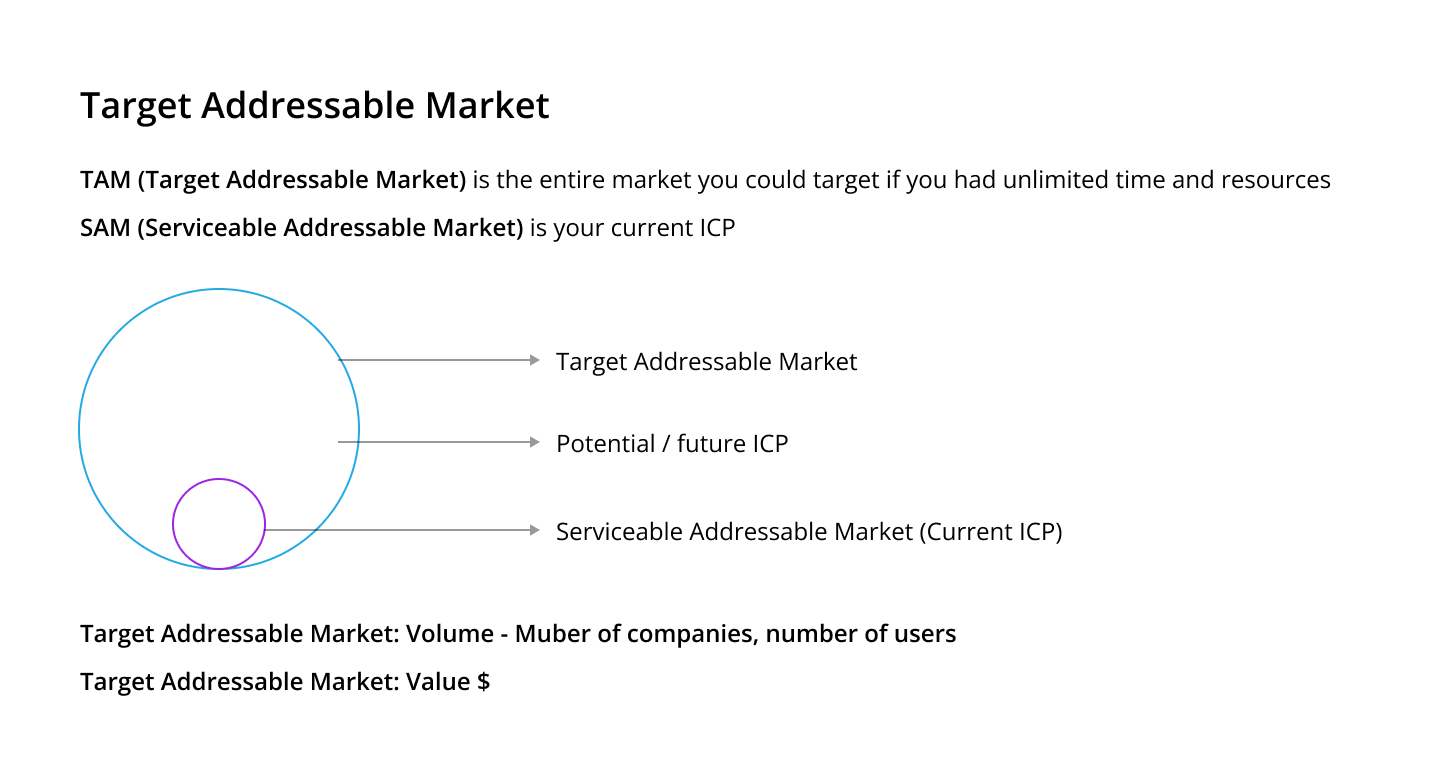
In our 'Anywhere Commerce' example, while your TAM would include all potential customers worldwide who might need e-commerce solutions, your SAM might be more focused-electronic retailers in the US and India who fit certain criteria, say have >$100 million revenue.
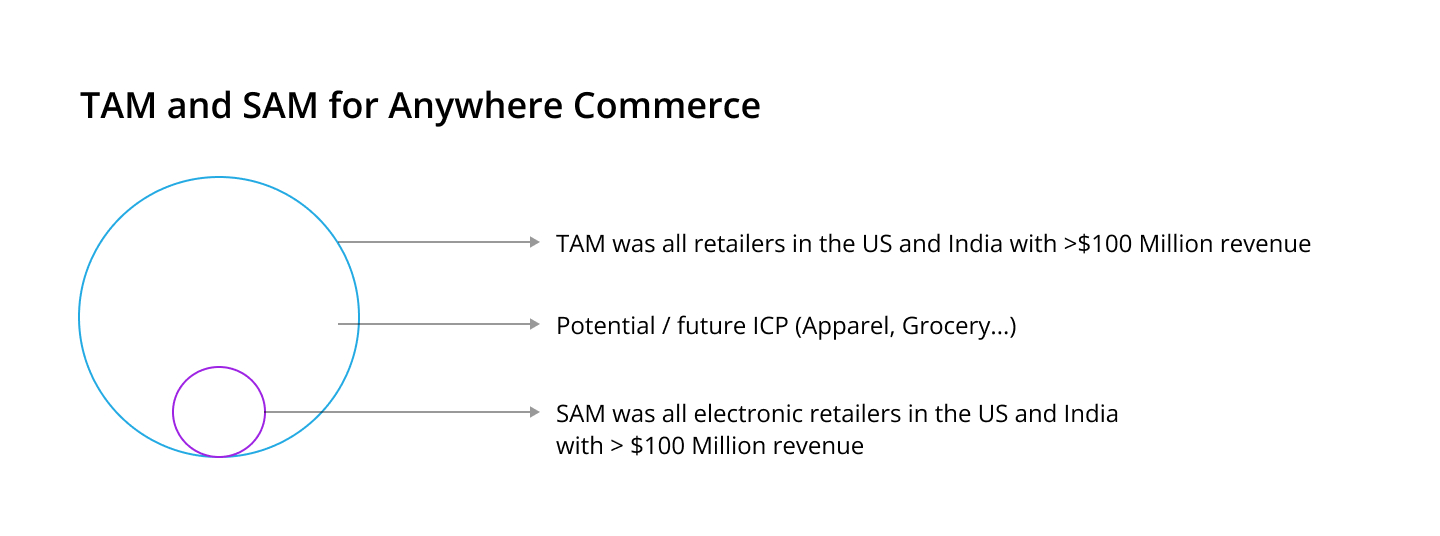
So, how do you go from TAM to SAM? Here's a simple process:
By applying these filters, you narrow down your TAM to a more realistic SAM. This helps you focus your efforts and resources on the most promising market segments.
Now for the fun part - actually calculating your TAM! Let's break it down into volume and value.
Technology is your best friend here. There are some great database tool providers that can help you find your market size:
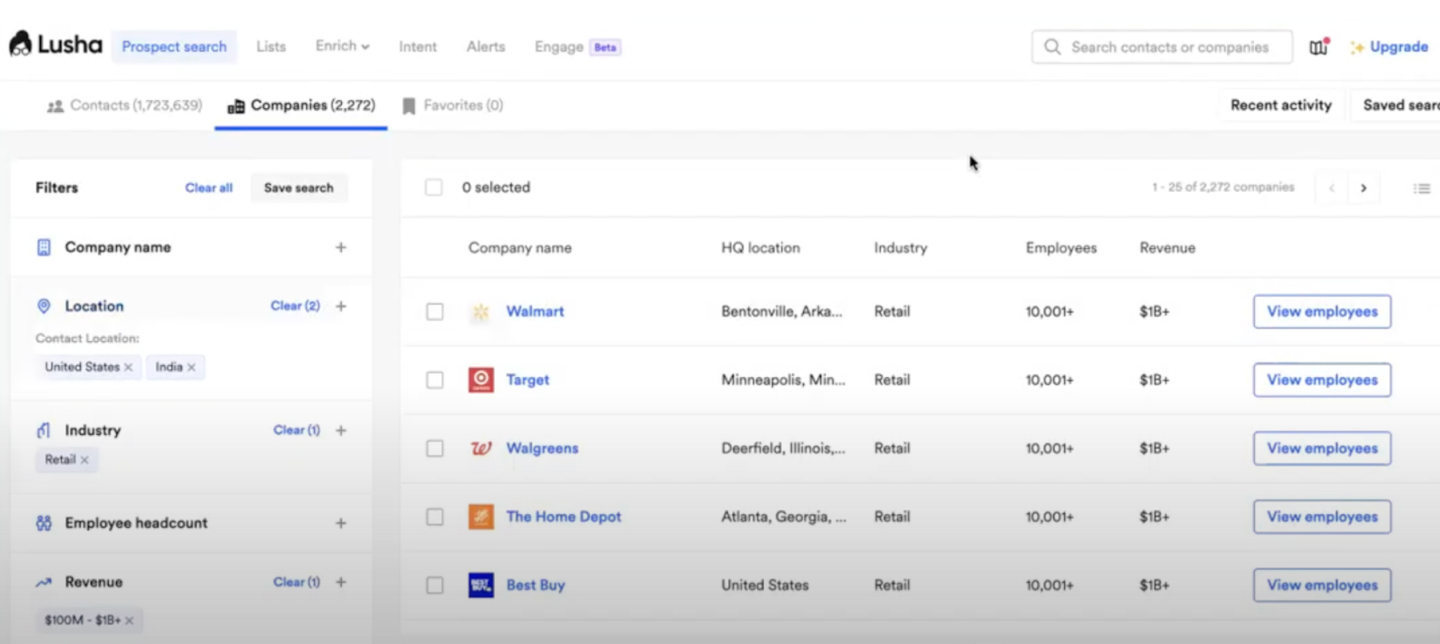
A plethora of results will come up! This forms your TAM.
If you don’t have a tech stack handy, you can do this on LinkedIn too!
Just search for organizations with the same filters. While it doesn't have a revenue filter, you can search by location, industry, and company size. A great way to replicate the results by the tools is to find a correlation between revenue and number of employees.
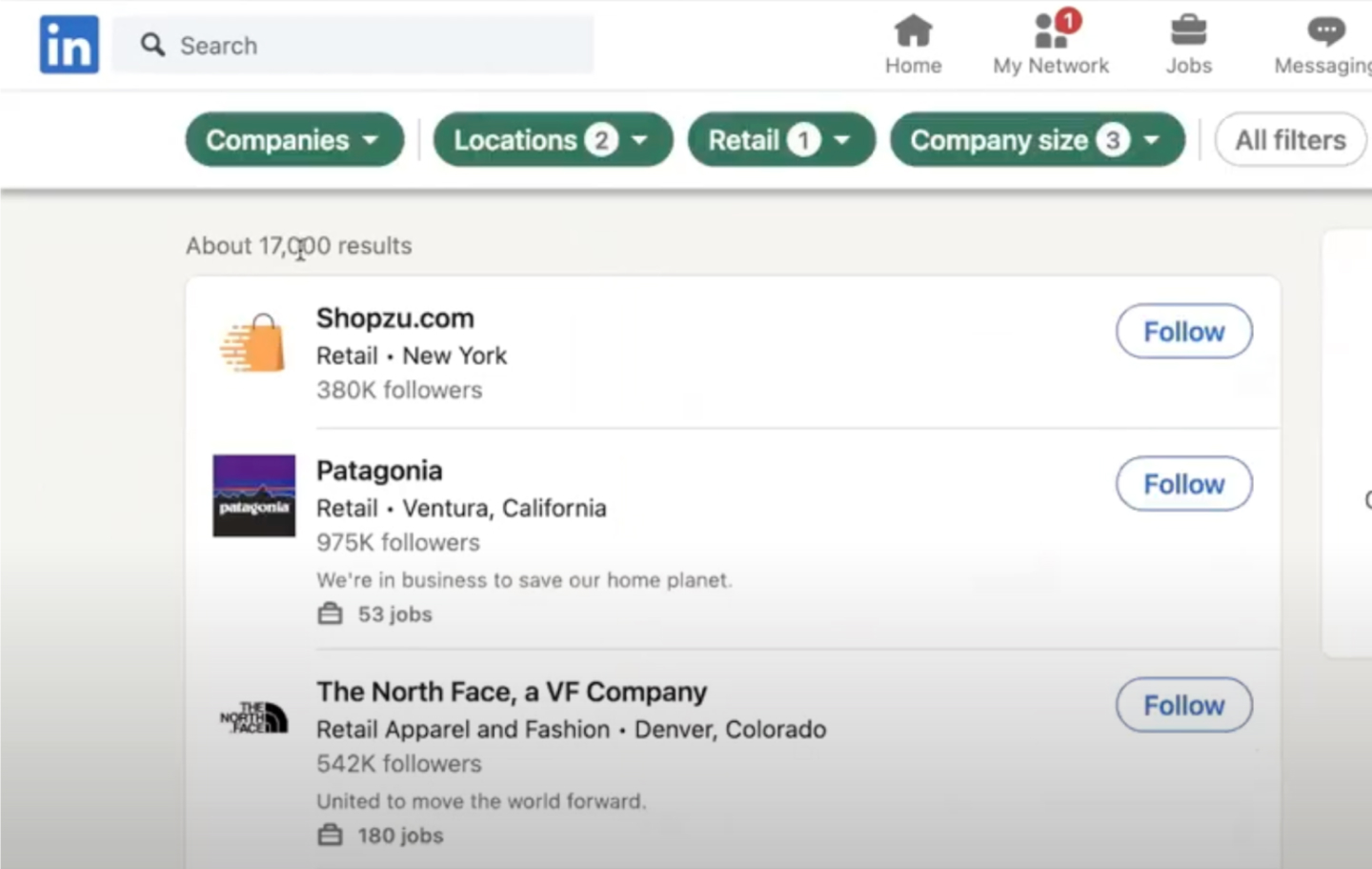
But the journey to deriving your TAM shouldn’t stop here. It’s crucial to calculate the value of your TAM as well.
Let's use the e-commerce software market as an example:
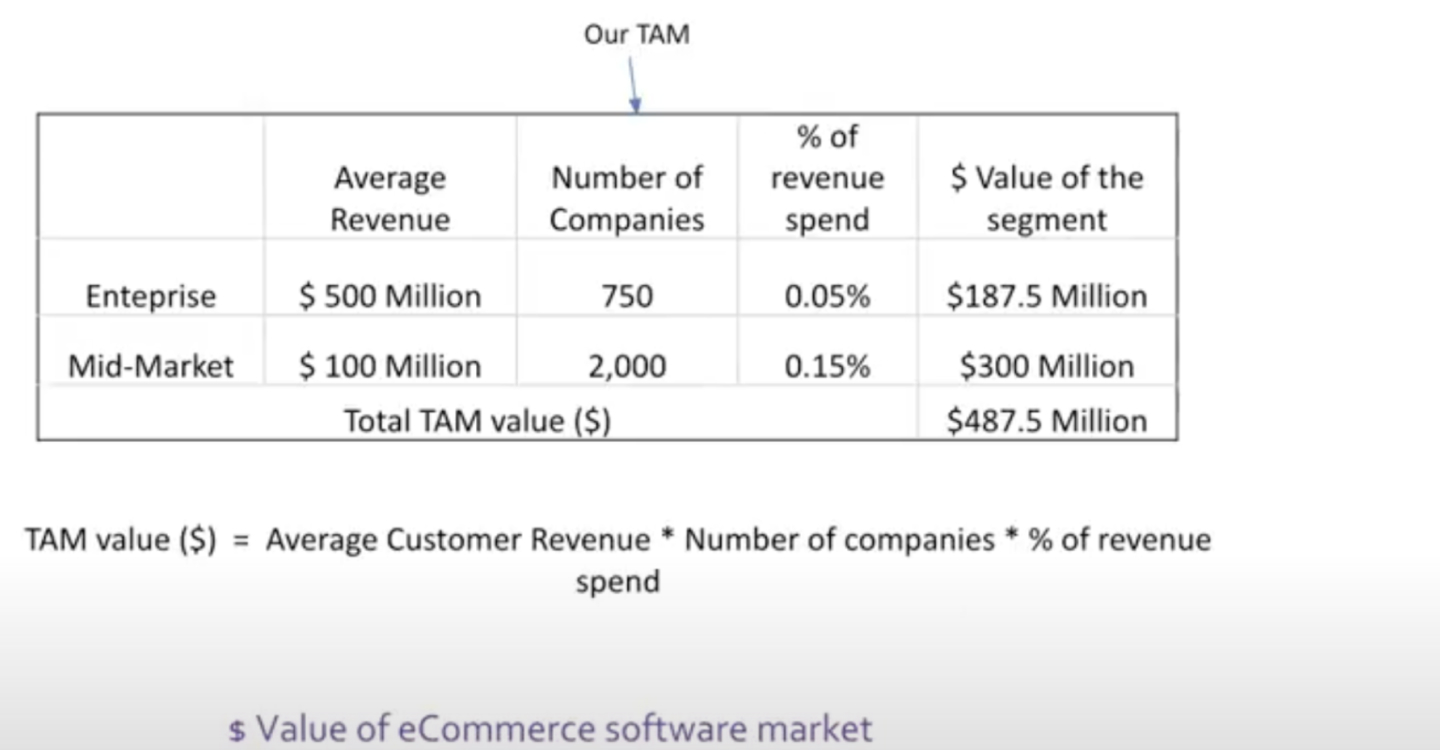
Remember, you should customize your framework based on your specific industry. Your baseline metric will change basis your offering.
For instance, if your product is a license-based product, your formula will change. Your baseline metric will be the number of users/ sales reps. In that case, here’s what your framework will look like

Understanding your TAM is crucial for any business, whether you're just starting out or planning your next big expansion. It helps you see the full potential of your market and make informed decisions about where to focus your efforts.
Remember, TAM is just the starting point. Your actual target market (your SAM or Serviceable Addressable Market) will likely be a portion of this. But knowing your TAM gives you a clear picture of your maximum potential.
So, what's your TAM? Crunch those numbers and see where they lead you perhaps?
Ready for the growth audit?
• We run a growth audit to understand your brand and objectives.
• You get a customized growth roadmap with clear next steps.
• If we’re a good fit, we begin working together within a couple of days.